
Through engineer Quach Tu Hai, former Deputy Director of the Department of Agriculture and Rural Development of Hoa Binh, we learned that Don village, Hua Phan province, Laos has a Muong community from Vietnam. As if by chance, in March 2023, the Provincial Literature and Arts Association received an invitation from the Department of Information, Culture and Tourism of Hua Phan province to come and help our friends research and clarify the origin and culture of the Muong people in the locality. With the province's permission, the Provincial Literature and Arts Association established a working group and set off to carry out the mission.

A corner of Don village, Hua Phan province (Laos).
There are many roads to Laos, the delegation of the Provincial Literature and Arts Association chose to go through the Long Sap international border gate, Moc Chau district, Son La province. From the border gate to Sam Neua (capital of Hua Phan province) is about 130 km. From here, continue 27 km to the southwest, the delegation arrives at Don village. The whole village has 103 households, over 800 people, more than 99% are Muong people, the rest are Lao women who came to the village as brides. Information from the Department of Information, Culture and Tourism of Hua Phan province said that the Muong people in Don village went to Laos around the early 18th century, where they came from in Vietnam, why they came here, until now no one knows.
The people here are very friendly and still poor, the whole village has few well-built houses, most of them are houses with corrugated iron roofs, wooden houses with dirt floors, and wooden stilt houses. Each family has nothing valuable, many houses still use outdated appliances. There is electricity but no modern electrical appliances, such as refrigerators in the whole village can be counted on the fingers. Motorbikes are the main means of transportation, the whole village has a few cars, mostly pickup trucks and trucks. The village has only one primary and secondary school, this school is sponsored by a Korean social organization, if you want to go to high school, you have to go to Sam Neua, because of the remote conditions and economic difficulties, few people finish high school and go to higher education. The Muong people in Don village are proud to have two successful children in their work: Mr. Phu Son Tham Ma Vi Say, former Deputy Governor of Hua Phan province, born in 1962, now retired and living in his hometown in Don village, and Mr. Bun Phon But Pha Chan, currently Deputy Director of the Department of Agriculture and Forestry of Hua Phan province.

People from Don village, Hua Phan province (Laos) practice playing basic gong songs.

People from Don village, Hua Phan province (Laos) in Muong ethnic costumes perform gong music taught by the provincial Literature and Arts Association.
There are almost no cultural services in the village, there is no cultural house so all community activities are held at the primary and secondary schools, there is no public entertainment place, the rich families buy portable speakers to listen to music and sing karaoke, before night falls, Don village is already quiet. The village only has grocery stores and a few motorbike repair shops, there is no market, there is no place selling meat, fish and vegetables like anywhere else in Vietnam. Ms. Suc Xi Da, the principal of the primary and secondary school said: "There is no market here, if you want to go to the market, you have to go to Sam Neua (27 km away), if you want to eat chicken, duck, fish, you have to go to the people's house to ask to buy directly, if you want to eat pork, there is only frozen meat brought from Vientiane, Sam Neua, no one sells fresh pork or beef here".
The daily cuisine of the Muong people here is similar to that of the Lao people. They eat very simply, with spices focusing on three main flavors: spicy, bitter, and salty. Every day, they eat sticky rice (rarely eat plain rice) dipped in cham cheo and a small piece of fish that has been stewed until soft, rotten, salty, and extremely spicy. The dipping is to make it easier to eat sticky rice, not to get the protein in the fish.
There is still no primary health care station for people until 2023. When people are sick, they buy medicine themselves, treat themselves with traditional medicine or invite shamans. Only when the illness is very serious will they be sent to Sam Neua for examination.
Women wear Laotian clothing every day, with a shirt, T-shirt, and regular sweater on top and a Lao-style wrap skirt on the bottom; men wear a shirt and trousers.
Language is a cultural characteristic to distinguish one ethnic group/race from another. The Muong people here speak Lao and a mixed Muong language with Lao. When they go out, they speak Lao, when they come home, they speak Muong, and children and daughters-in-law who are Lao must also learn and speak Muong. Surprisingly, the Muong people here have been away from their homeland for hundreds of years but they still keep and speak their mother tongue. Could this be the secret for them to preserve and affirm that they are Muong and not be dissolved in the community of other ethnic groups of the Lao people?!
In Laos, the government level does not have commune or ward levels like in Vietnam. The lowest level is village, hamlet, hamlet cluster, up to district level and then provincial level. The role, voice and prestige of the village chief and deputy village chief are very important, and people have great trust in the village and hamlet leaders.
During the first business trip to Laos, I came to Don village, witnessed the difficulties, heard many thoughts of the people and the village leaders who wanted to find out the origin as well as restore the Muong culture of their ancestors. Returning home, with the determination to partly contribute to the Don village people to realize their wishes, through the form of socialization, the Provincial Literature and Arts Association organized a campaign to support 3 sets of Muong gongs (31 pieces); 20 sets of Muong ethnic women's costumes; 2 books "Epic of De Dat - De Nuoc" and "Mo Muong" along with more than 20 million VND in cash.
Exactly 5 months after the first visit to Don village, we went to Laos for the second time. In addition to giving gifts to the villagers, the delegation instructed 30 Muong girls in the village on how to use gongs, how to wear Muong skirts, and sing Muong folk songs. They learned very quickly, after only 3 days they could sing a few Muong folk songs, use gongs quite methodically, and skillfully play 2 gong songs "Di duong" and "Bong trang bong vang". Seeing the Muong girls wearing their ancestors' traditional clothes for the first time, walking and playing Muong gongs, our delegation leader - poet Le Va could not help but exclaim with emotion: "Muong culture in Laos is revived". The head of Don village promised: "We will maintain this activity, encourage women here to wear Muong skirts and clothes to preserve traditional culture through costumes".
There are many interesting things when visiting your land, especially finding Don village of the Vietnamese Muong people who have been living in Laos for hundreds of years. They lost their homeland, lost their customs and traditions, lost the taste of their motherland, so when they heard that the delegation of the Hoa Binh Province Literature and Arts Association had come to the locality to study Muong culture, everyone was happy. They welcomed the delegation like welcoming relatives, warmly and openly as if they were of the same bloodline, when they saw them off, they were reluctant to leave, many old people cried silently. Before that sincerity, everyone in the delegation was moved, promising themselves that when they returned home, they would do things to help their Muong people in your land reduce their hardships.
Le Quoc Khanh
(CTV)
Source







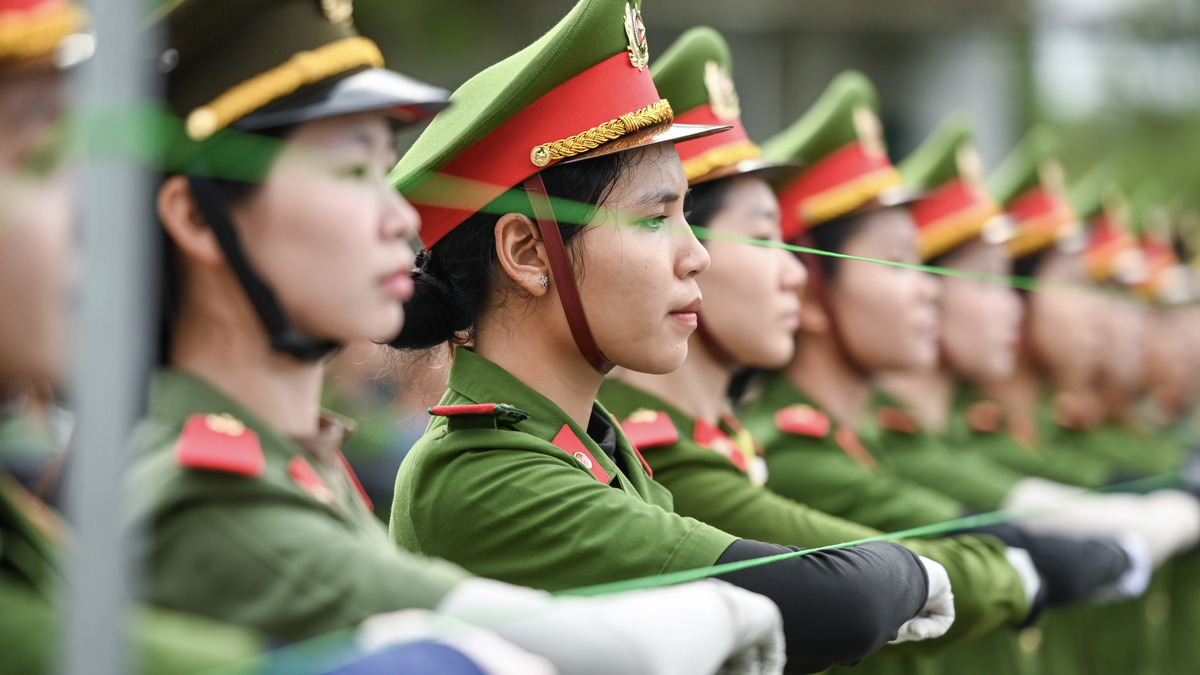
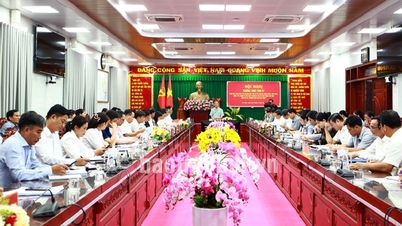

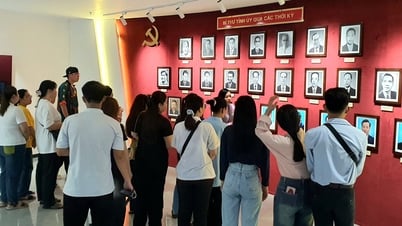

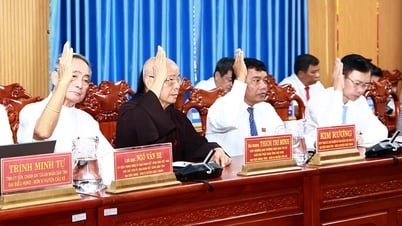
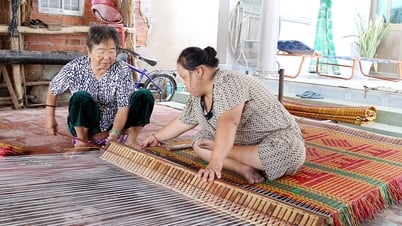






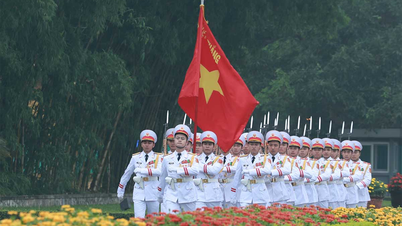

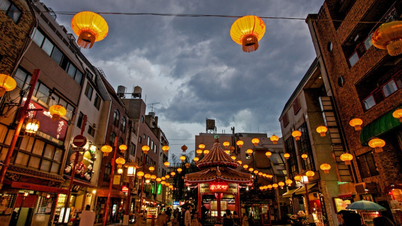


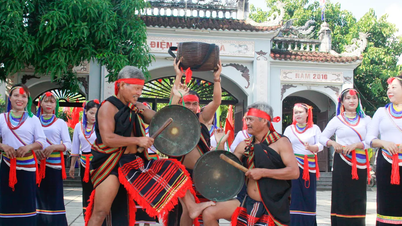

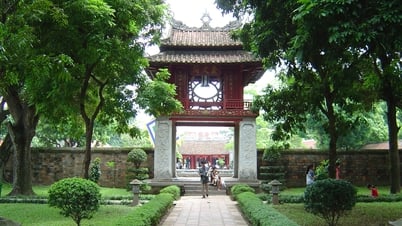

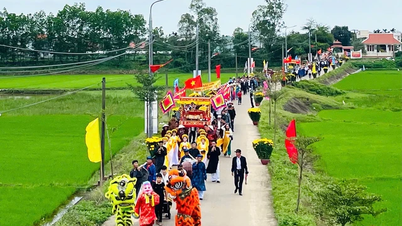






















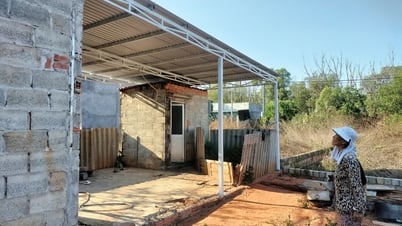









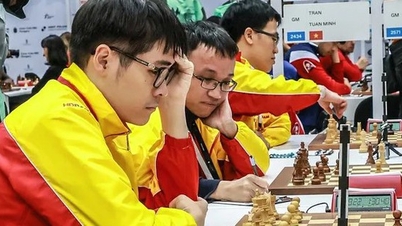




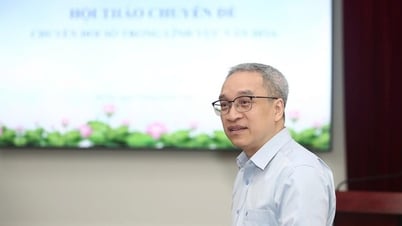




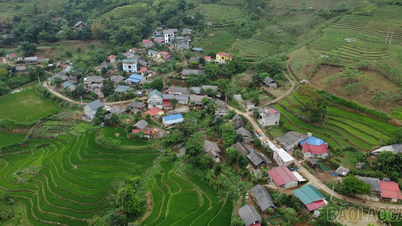




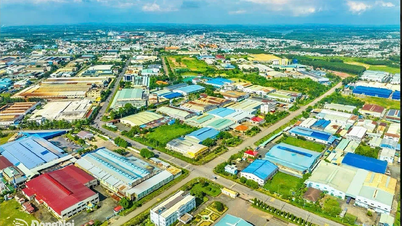






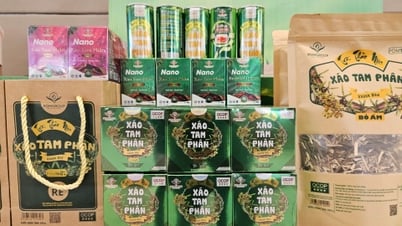



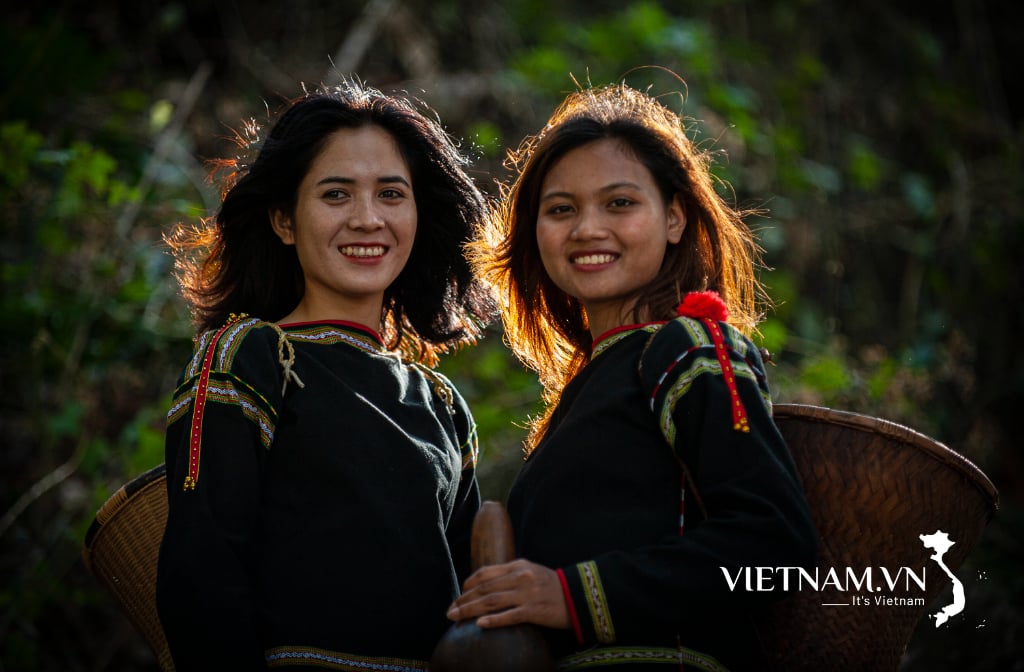
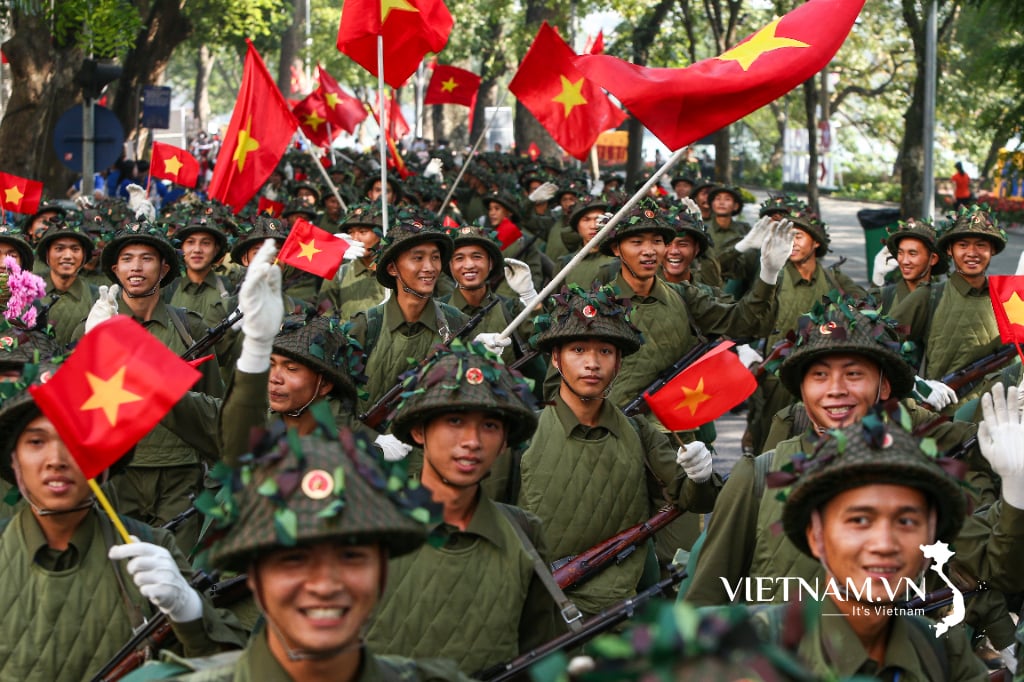
Comment (0)